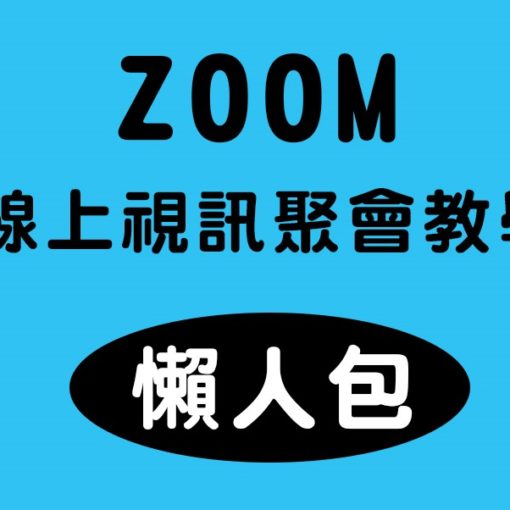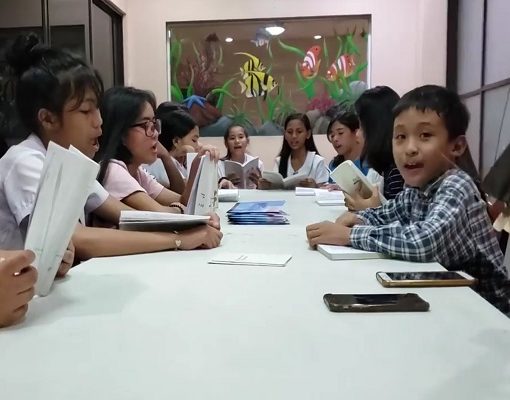“But we have this treasure in earthen vessels…” (2 Corinthians 4:7)
Qumran (Hebrew: קומראן) is an archaeological site in the West Bank managed by Israel’s Qumran National Park. Not mentioned in the Bible, it is located on a dry marl plateau about 1.5 km from the northwestern shore of the Dead Sea. The Hellenistic period settlement was constructed during the reign of John Hyrcanus (134–104 BCE), was occupied most of the time until 68 CE and was destroyed by the Romans. It is best known as the settlement nearest to the Qumran Caves where the Dead Sea Scrolls were hidden, caves in the sheer desert cliffs and beneath, in the marl terrace.
The Dead Sea Scrolls are ancient Jewish religious manuscripts found in the Qumran Caves. Scholarly consensus dates these scrolls from the last three centuries BCE and the first century CE. The Dead Sea Scrolls were discovered in a series of twelve caves between 1946 and 1956 by Bedouin shepherds and a team of archaeologists. The dominant theory about the origin of the Scrolls remains that they were the product of a sect of Jews living at nearby Qumran called the Essenes. The practice of storing worn-out sacred manuscripts in earthenware vessels buried in the earth or within caves is related to an ancient Jewish custom.
『祂嘴脣的命令,我未曾離棄;我珍藏祂口中的言語…。』(約伯記 23:12)
昆蘭(Qumran) 位於死海西北岸約1.5公里,聖經未曾提及,是一個十分乾燥的高原,原無多人注意。1947年,一個牧童來這裡放羊時,一隻羊爬入一個山洞,牧童因而對洞裡投擲石頭,結果聽到瓦罐破裂聲響,因此發現瓦罐裏的一些卷軸,這些卷軸便是後來震驚世界的《死海古卷》(Dead Sea Scrolls)。從此,這裏便成了考古學家的朝聖地,也成了以色列的必遊景點,目前由以色列的昆蘭國家公園管理。
死海古卷是目前最古老的聖經抄本,經過鑑定,年代介於公元前三世紀到前一世紀。除了以斯帖記以外,幾乎舊約全部內容都能在死海古卷中找到, 尤其最完整的以賽亞書幾乎和現在看到的完全相同。古卷主要是羊皮紙,抄寫的文字以希伯來文為主。抄錄這些書卷的猶太人,屬於艾賽尼(Essenes) 隱士教派,曾居住在這地區過共產生活,自給自足,每天定時沐浴,抄寫經書。
約在公元68年,羅馬人摧毀這個社區,他們逃走時,將所抄寫的書卷放在瓦罐裏並藏進山洞。經過約二千年,這批書卷終於重見天日。不過考古學家認為藏匿古卷的不只艾賽尼人,公元70年第二聖殿被羅馬人摧毀,羅馬士兵殘殺反抗的猶太民族,當時猶太人就陸續找地方保存古卷,可能許多人從舊城走排水道逃跑時也把聖經運出去。猶太人付代價,用生命保護並珍藏神的話,使我們今日能讀到完整的聖經。
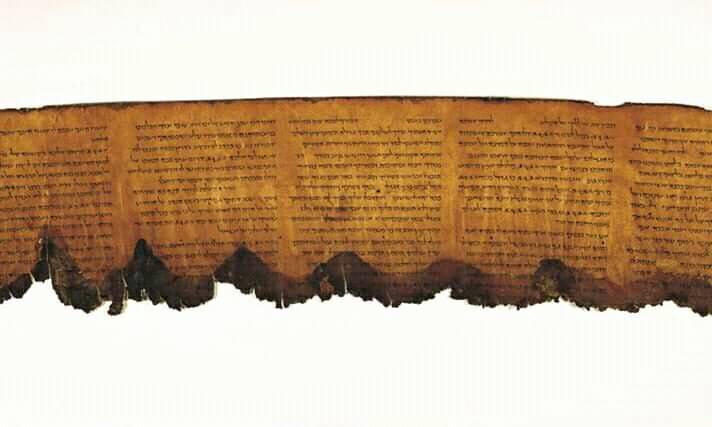
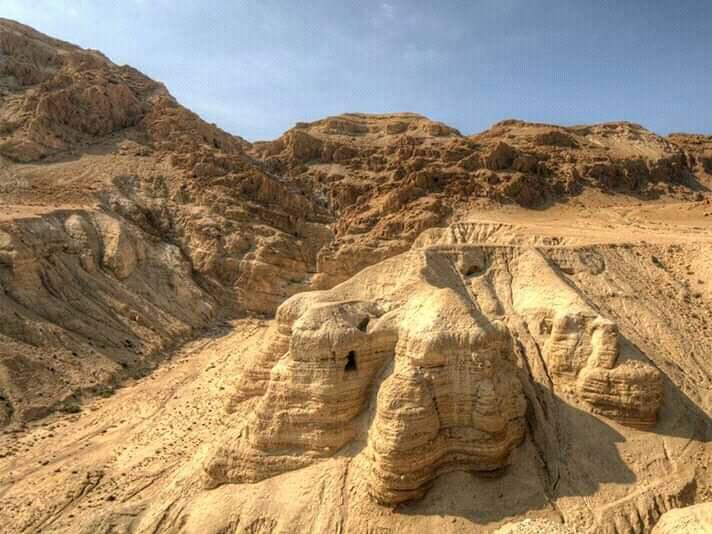
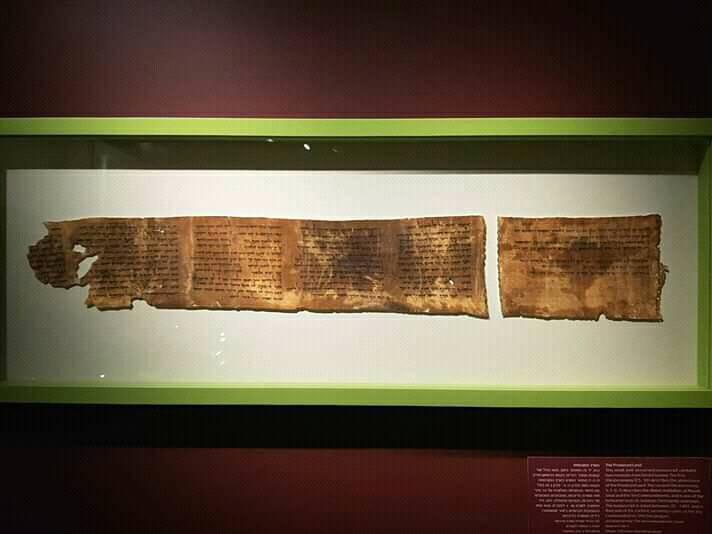
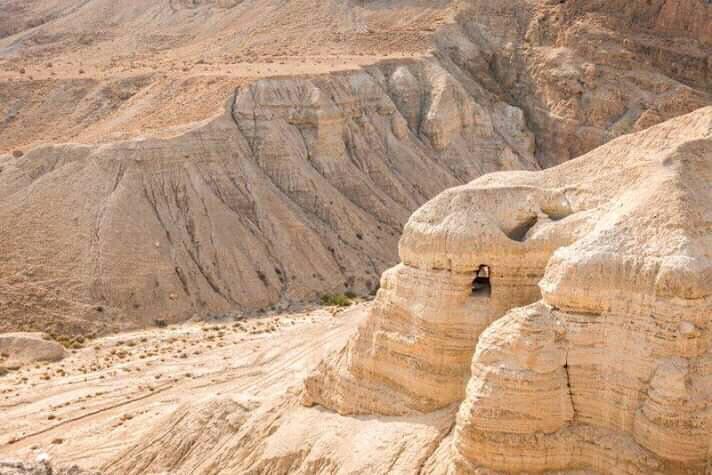
Source: https://www.facebook.com/kokiahouse/posts/2395284494059377
